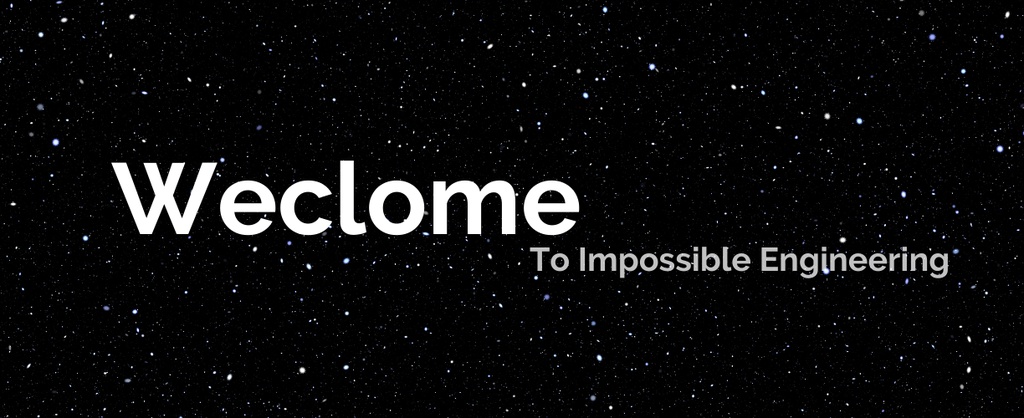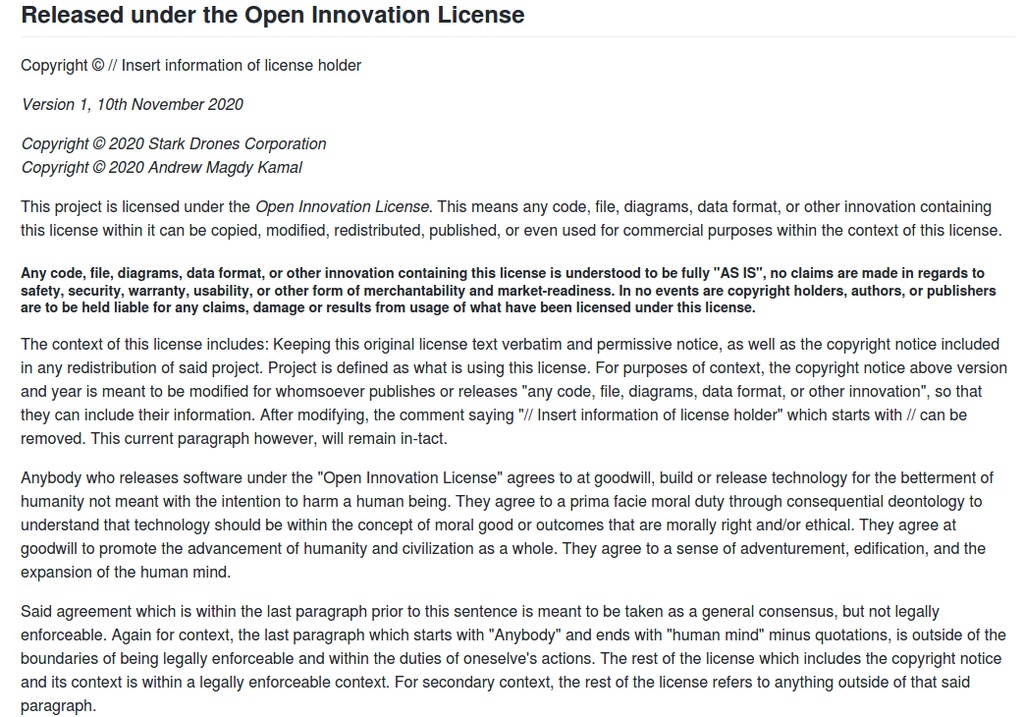
Our organization have been working on exploring a wide variety of technologies, both theoretical and existing. This includes everything from exploring Quantum Origin through a variety of derived theorems to building water harvesting devices for third world countries and working on a decentralized internet. In the vast exploration of STEM, there are certain limitations and constraints in regards to time. In regards to engineering challenges, there are three that we have lesser time to explore that I believe are worth tackling. These three challenges are centered around solving the world's energy crisis, solving the world's resources problem, and reaching new heights in space exploration lesser explored. The three problems we are looking at, which is described by the below three tracks are centered around black hole energy extraction, oceanic colonization, and even extraterrestrial communication. All projects submitted with be under the open innovation license.
These problems are widely lesser explored complexity problems, but here is some inspiration:
A Scientist's Tiny Black Hole Brings the Cosmos Into the Lab
After 50 Years, Experiment Finally Shows Energy Could Be Extracted From a Black Hole
7 Reasons Why We Should Colonize Oceans Instead Of Mars

Currently, one of the biggest problems in relation to energy sustainability is harnessing the power of nuclear fusion. However, what would take this even one step further? What engineering challenge if solved, may provide an abundant source of seemingly limitless energy? When looking at the Penrose process, it has theoretically been proven as possible through experimentation. For the past many years myself, I have been wondering what would happen if we could extract energy from black holes, and where we as a civilization could be? If the closest black hole may be a daunting 1000 light years away, and the closest known super massive blackhole may be 25,000 light years away, Sagittarius A, how do we get to where we need to go? The fastest answer to solve this outside of accelerated aeronautical development, is the experimentation of self contained microscopic blackholes. The question is, what type of technology needs to be possible to figure out the right equations? Is it a new algorithm, hardware, etc. and how do we go about conceptualizing such things beyond where ANY PHYSICIST has gone before? This proposes one of the biggest engineering challenges of all time.

Stark Drones has some underwater wireless networking and telemetry solutions. However, they want to take this a step further. A challenge in regards to the environment and our limited allocation of resources, is how do we make the best of what we have? The ocean is perhaps one of our more abundant resources in the foreseeable future. Not only is harnessing the full power of our ocean likely important for this civilization, but these same types of technologies may be used when we colonize other planets later on. The question is whether underwater tunnels, smart elevators, artificial land, or submarine cities, what will the solution be? Can it garnish hydroelectric sources, or what external source will power it? How can we make sure it doesn't negatively impact the environment or marine life? What makes said solution worth exploring? Many big questions can be tackled with this challenge.

Have you wondered what is going on in outerspace? It seems like a dull question to ask, obviously most people have. Many people have contemplated that we aren't the only intelligent planetary species in this universe. The idea of other terrestrial beings seem more and more likely. With programs such as the SETI Institute which I have been a fan of for many years, or programs like Zooniverse and the CHIME Experiment, we are exploring lots of uncharted territory. Outside of the area of data compression, there are uncovered areas in terms of building full fledgling algorithms, linguistic and communications-wise for translating large radio frequencies and even transcribing possible alien communications. There are organizations like CETI and projects like CosmicOS trying to tackle this problem. How can you translate messages from radiosonic signals to bits and binary then to fully spoken words? How fast can you speed up the process? Going beyond trying to capture one word sentiments like "hello" or "what", if one is able to capture full fledged words and maybe even sentences in real time, this would lead to huge breakthroughs. Excuse my mad scientist fantasy, but what if communicating with aliens is feasible, and how can we design a linguistic, hardware, or transcribing system that puts us a step closer?
There are two purposes in regards to why this challenge was made: 1) To promote innovation in regards to these solution tracks for the spirit of build something amazing. 2) To get more people using the Open Innovation License and inspire others with what type of projects can be done in the open innovation space. We aren't specifically hardware or software focused, and do promote hybrid builds as opposed to many other challenges that focuses primarily on software. We want to see what people can come up with and what type of innovation can be spawned around those three tracks.
Possible Tools:
This is a list of some tools you might consider using in your project that are entirely optional. (For inspiration):
Prize (Marketing Support)
The first 15 submissions get a $20 voucher for a free Mentors4EDU course. | $300 Value
The top 5 projects get equity-free acceptance into DigitalCPR's pre-accelerator program to help make their open source solution more well known.
Interested in Sponsoring a Phase 2?
If you are interested in working w/ Stark Drones to sponsor a much bigger prize pool of a similar challenge or a second phase, you can contact us here. The subject line will be "Sponsoring the Impossible: Company Name".
.jpg)
Projects submitted follow one of the three tracks and include a LICENSE.md file for the Open Innovation License.
